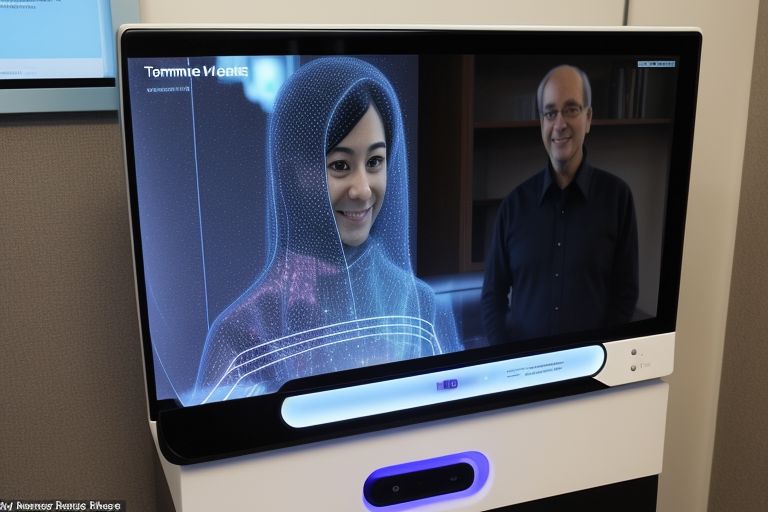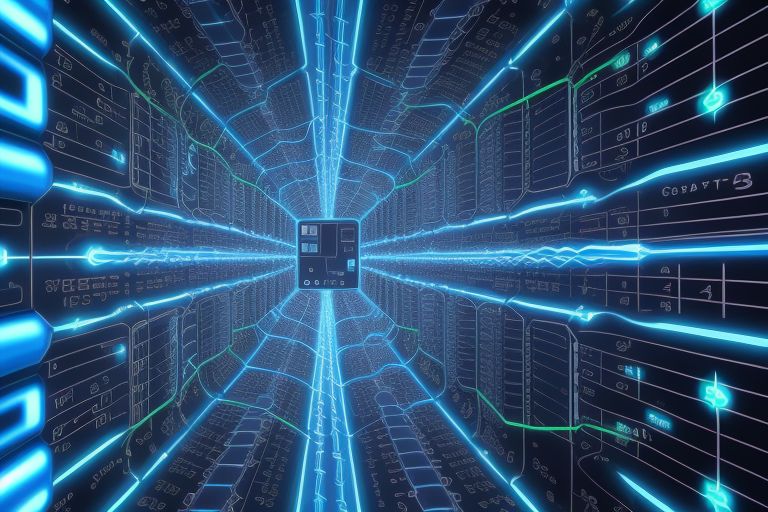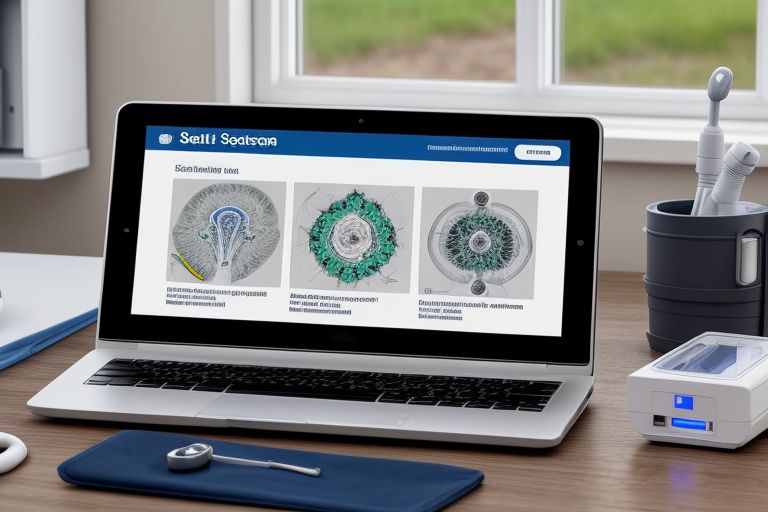In a leap towards the future of communication, holographic telepresence systems are now turning science fiction into reality, bringing people closer than ever, regardless of their physical distance. This revolutionary technology allows individuals to appear as 3D holograms in real-time, providing a presence so lifelike it feels as if they are physically there.
The Evolution of Holographic Technology
Holographic telepresence has evolved from basic video conferencing to sophisticated systems that project three-dimensional, high-resolution images into a room. These systems use a combination of lasers, cameras, mirrors, and advanced computing to capture a person’s appearance and movements from multiple angles, creating a fully immersive holographic image that can be seen from all sides without the need for special glasses.
How Holographic Telepresence Works
The technology behind holographic telepresence involves capturing a 360-degree view of a person using multiple high-definition cameras placed around them. These images are then processed and transmitted in real-time to the receiving location, where they are projected into the air or onto a special display that makes the hologram appear solid. This allows for a dynamic interaction that traditional video calls cannot match.
Applications and Benefits
Business and Conferences
In the business world, holographic telepresence can transform remote meetings by enabling more engaging and effective collaborations. Participants can interact as if they are in the same room, pick up on body language, and establish a stronger connection, which is often missing in standard video conferencing.
Education and Training
For education, this technology can bring guest lecturers into classrooms or provide students with immersive learning experiences that were previously only possible in person. Medical students, for example, could observe surgical procedures from any angle as if standing in the operating room.
Personal Communication
On a personal level, holographic telepresence can dramatically change how we connect with friends and family who live far away. Imagine attending a family gathering or celebrating milestones such as birthdays or anniversaries “in person” when you are actually continents apart.
Challenges to Overcome
Despite the exciting potential, there are several challenges to widespread adoption of holographic telepresence systems:
- Cost: The technology is currently expensive, limiting accessibility primarily to larger organizations or wealthy individuals.
- Bandwidth Requirements: Transmitting high-definition 3D images in real-time requires significant bandwidth, which might not be available in all locations.
- Privacy and Security: As with any technology that transmits real-time data, there are concerns regarding the interception of communications and the need for robust security measures.
The Future of Holographic Telepresence
As technology advances and becomes more affordable, we can expect holographic telepresence to become more prevalent. Researchers are continuously working on enhancing the clarity and realism of the holograms and reducing the latency to make interactions as smooth and natural as possible.
Conclusion
Holographic telepresence systems are redefining the boundaries of communication, offering a new way to interact that brings people together like never before. As we continue to innovate and overcome current challenges, holographic telepresence is poised to become an integral part of how we communicate, collaborate, and connect, regardless of the physical distance.























+ There are no comments
Add yours